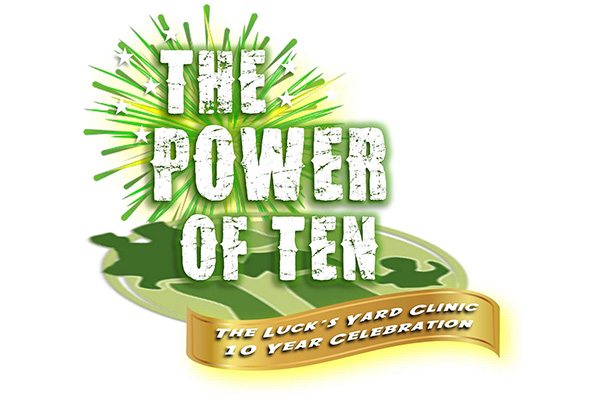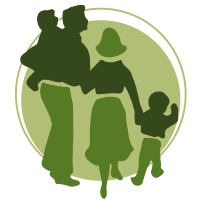Last summer I came upon a brand new book written by a Swedish doctor and psychiatrist called Anders Hansen. It is called ‘Hjarn stark’, which literally means brain-strong. Anders research focused on how exercise can help people’s brain function without using medication.
Needless to say I read it with great interest so much so that it inspired my most recent lecture series called ‘How to be MindFit’, which I have since rolled out in schools to parents and students.
Anders explains how the brain works when we are under pressure, and how it can affect us when we are stressed for a longer or shorter time. But the exciting research he has reviewed shows how we can positively influence how our brain works naturally by simply moving our bodies more. This fits so well into the chiropractic paradigm, as our aim is to help our patients to move better and with more ease by being more aligned in our bodies.
Anders also believes that we can control our brain, and knowing how to do precisely that, is the key. So here are some interesting facts about exercise and brain function.
- The power of Walking: one of the studies Andes Hansen reviewed in his book looked at a group of 60 year olds who were told to walk twice a week for one year, in comparison to a group who were doing low level, calm body movements. Both groups were then tested after a year. The walking group was found to have increased cardiovascular fitness and also showed to have a more effective and integrated brain. The different connections of the brain were stronger, and several areas of the brain had strengthened too. The brain literally looked younger and the walking group had also become biologically younger. The researchers also found that the walking group had increased their ability for executive control, concentration and how they took initiative and planned their work. This is incredibly exciting as walking is available to most of us and also free.
- Exercise to help focus: The studies showed that running was the best form for focus, but it could also be any other exercise which increases your pulse in the same way. The running increases the output of dopamine and nor-adrenaline. The findings show that you need to train for minimum 20 minutes-30 minutes three times per week. Keeping it going and making it regular is also essential.
- Exercise to help stress and worry: Doing cardiovascular exercises similar to running are helpful for this, but walking can also be effective. It has been found that you need to train for 20-45 minutes and make sure your pulse is raised. Again you need to be consistent and keep this up for a period of time to get the desired and long term effect.
- Exercise for happiness and mood: Anders have found that running or doing an exercise where you increase your pulse simultaneously is most effective to influence your mood. You need to work at 70% of your normal intensity and get out of breath. It is important that you do these exercises regularly, three times a week for a minimum of six weeks. It could be running, cycling, swimming, dancing or similar.
- Exercise to increase memory: It has been found that if you exercise before learning it can enhance your memory. But it must not be too intense for the best result. Walking is also good. Walking to school or work is excellent to wake up your brain for learning. This would give you the benefit from fresh air too. The effect has been found to be best a few days later and as with all other forms of exercise for brain function, it needs to be done regularly for a few months for the best results.
- Exercise to help creativity: The research has found that running is the best form of exercise to increase creativity. It could be because of the benefit of being outside and seeing different landscapes as well as the positive fresh air effect. But walking is also good, just not as effective. The length needs to be minimum 20-30 minutes. The studies have found the effects could last for up to two hours. It is also great for brain storming but needs to be done regularly to reach the full effect. So staying in shape on a regular basis could help our creativity throughout life.
- Exercise to support ageing: Anders research has found that all kinds of movement can help with supporting the ageing process. One recommendation is to walk for 20-30 minutes five times a week. Alternatively you can run, swim, dance, or cycle or a similar form of exercise three times a week for at least 20 minutes. In Sweden we would recommend skiing and skating during the winter. As we showed at the beginning or the article: Being active is one of the positive actions to support ageing. The other factors to keep in mind of course are being mindful of what we eat, drink, our mind-set and keep learning and stretching our minds.
- Exercise for teens and children: When it comes to exercising for children and teens the researchers have found that the intensity matters. But this could equally be as effective from running games and playing. So it is not what you do, but that they are moving their bodies. It has been shown that 12 minutes of exercises alone can increase concentration and reading ability. Even as little as four minutes of jogging can increase concentration. This is another strong reason for increasing the hours we do fitness and PE in schools around the world.
- Forest Bath: The Japanese have a phrase called ‘Shinrin-yoku’, which means Forest Bathing. The Japanese forest agency coined this phrase in 1982 as they wanted to inspire people’s health by spending more time in nature. Since then they have done scientific experiments tracking people’s brain, physiology and moods whilst walking in the woods. On a subjective level it was found that people experienced increase happiness, more relaxed state of mind, improved sleep and energy. And the lab test found that the worry centres of the brain had less blood flow. The heart-rate variability was improved, which is a marker for resilience and circulatory health. They also found increased immune response. They are still unsure of the exact reason for this, but they believe it may be linked to the chemicals secreted by certain trees called phytoncides. (How to live a good life, Jonathan Fields, 2016)
- Creating your own sports or fitness regime. It is my experience that doing fitness that you have been told to do, and which is boring and uninspiring is not the best way to spend your free time. I have been involved in different forms of exercise my whole life from basketball, tennis, athletics, squash, volleyball, dancing, yoga, swimming, skiing and aerobics classes. It has changed from what age I was, where I was at school and where I lived to how old my own children were.
But finding the form of fitness which you look forward to, and which you enjoy the most, is key to sustaining it and keeping it up.
We also know that we produce dopamine when we look forward to something, so you can double up your own happiness-dose by doing something you really like.
My yoga teacher Liane Perry Ferreira always says, ‘listen and respect your body and your own genetic make-up’. With that she means that we need to listen to how far we can go, or push ourselves, and work in a way which is good for our bodies and minds.
My top-tip would be to find an exercise buddy which you feel accountable for, and whom you do not want to let down. This helps continuity. Many people find that being in groups or teams helps with this.
Similarly having a personal trainer helps with accountability and support. There are now many local walking groups you can join too, where you get the benefit from friendship and company while you are exercising your body and brain.
At Luck’s Yard we have worked hard to find ways to help you start moving more. We have a very active YouTube Page under Tone Tellefsen Hughes, and a stretch app called ChiroMoves Collection on iTunes as well as a brand new 120 minute long DVD with a comprehensive collection of exercises for the whole body comprising, stretching, core, balance, flow and mediation. So we have got your back!
Most importantly, start moving today. Start with walking if you are starting from scratch. Get yourself checked by your chiropractor first so that you are working evenly with a body which is more aligned and in balance.
And let us know how you get on.
Tone Tellefsen Hughes
References:
Hjarnstark, Anders Hansen, 2017
How to live a good life, Jonathan Fields, 2016




